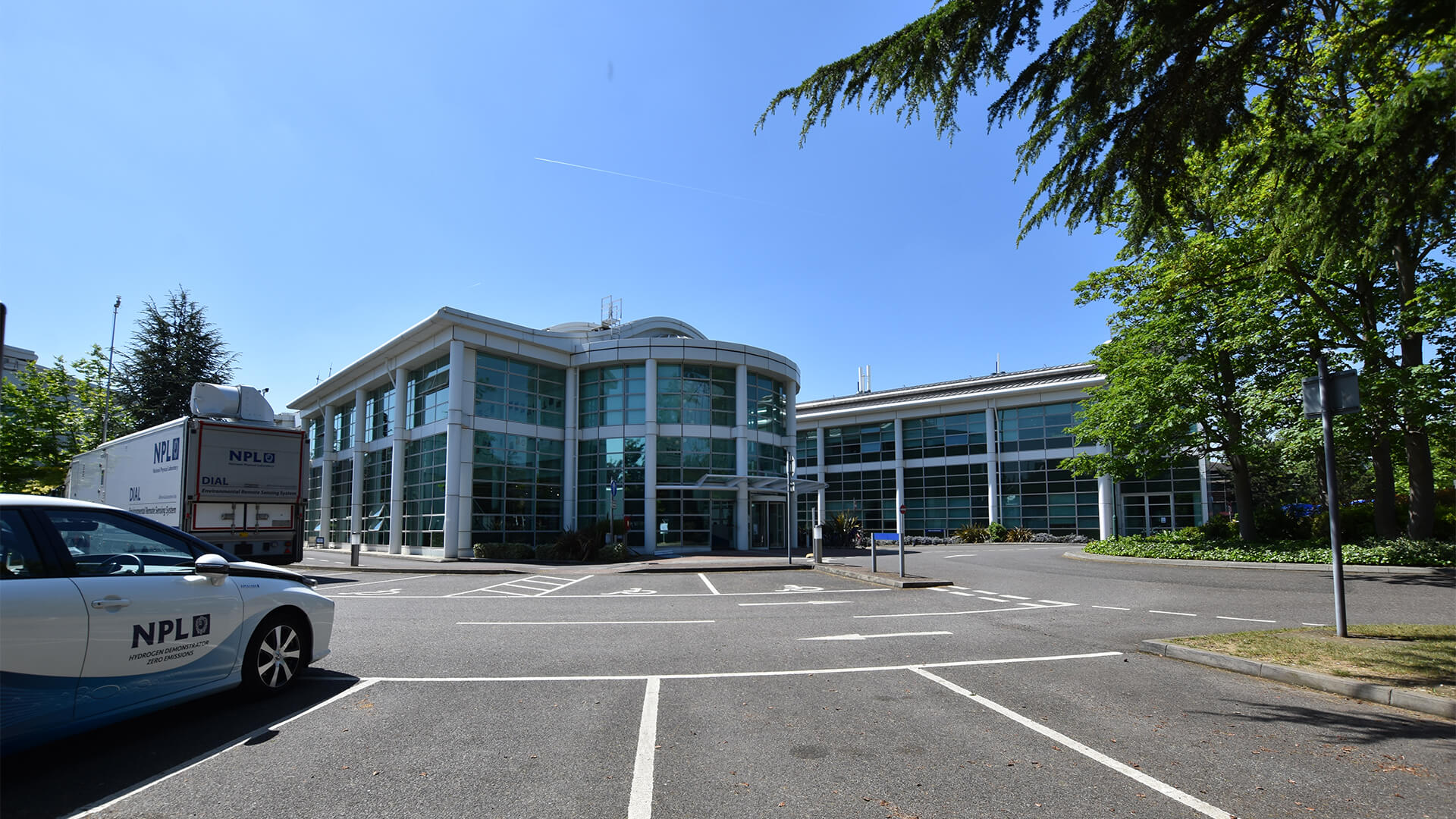NPL and ESA collaborate on next gen PNT tech

Image courtesy NPL
Space-based PNT technologies are a critical part of national infrastructure and underpin our everyday lives from communications and transport systems to computer networks. However, there is a now-recognised need for increased robustness of future PNT systems to maintain and improve timing accuracies over extended periods of time where continuous synchronisation to clock signals from global navigation satellite master clocks is lost. Such signal denials can be due to space weather, system malfunction, or hostile action.
One solution is to develop robust, portable optical clocks with low size, weight and power (SWAP) which have better accuracies than microwave systems. Space-deployable cubic optical cavity technology is a key component to achieving this.
Currently, atomic clocks on board global navigation satellites use microwave radiation to lock on to particular stable atomic microwave absorption reference frequencies. During the last decade, optical atomic clocks, where lasers interrogate and lock on to optical atomic absorptions at much higher frequencies, have demonstrated significantly reduced uncertainties over the microwave clocks. The lasers in the optical clocks need precise frequency control and, for the “clock laser”, additional pre-stabilisation to achieve ultra-narrow linewidths. NPL’s cubic optical cavity acts as a compact opto-electronic clock control unit and maintains the frequency stabilisation of the clock laser and all auxiliary lasers needed for optical clock operation.
Through this project, supported by UKSA under ESA’s NAVISP programme, NPL will enhance its current cubic cavity technology to create a low-SWAP Clock Control Unit (LS-CCU) specifically for use in next generation optical clocks for PNT technologies. The device will be designed to withstand the rigours of spaceflight and will undergo preliminary laboratory-based testing under representative conditions that emulate those encountered in space.
While this activity is focused on low-size, weight and power optical clock technology for PNT, there are a range of other potential applications for cubic cavity-stabilised lasers in space, from telecommunications to climate change and fundamental physics, under consideration by various space agencies such as NASA and ESA.
In the NASA / ESA Next Generation Gravity Mission (NGGM) due for launch in the late 2020s, NPL cubic cavity-stabilised lasers can be used to measure the Earth’s gravity field as a function of position on the Earth’s surface. This mission will consist of two satellites orbiting the Earth in LEO and separated by ~ 100 km. Changes in the distance between the satellites, measured using laser interferometry, reflect changes in the geoid level (nominal ocean sea-level) due to land mass topology as the first satellite passes over. Data collected feeds into climate change predictions and provides information that enables policy makers to adopt appropriate mitigation and adaption strategies.
In the future NASA/ESA Laser Interferometer Space Antenna mission, projected for the 2030s, NPL cubic cavity-stabilised lasers could be used as references for space-based gravitational wave measurements. The cubic cavity could provide a short-term frequency reference in both ground support equipment and potentially in the space deployment.
Potential follow-on missions beyond both NGGM and LISA will likely involve full space optical clock technology to provide even greater Earth data mapping capability and fundamental physics research opportunities. There is also potential spin-off in global telecoms involving high-volume (big data) high-data rate transmission, where high accuracy space optical clocks and cavities could underpin more dense channel multiplexing.
Once the project is completed the LS-CCU will provide a baseline portable controller for optical clock lasers.
Cyrus Larijani, Strategic Business Development Manager for Space and Nuclear, NPL, said, “The NPL cubic cavity is a critical part of our aims to deliver atomic timekeeping that underpins the technologies that are part of our everyday lives. The uptake of the next-gen technology will enhance the UK’s leading position in space-based PNT systems.”
Stefano Binda, NAVISP Element 1 Manager, ESA, said, "Robustness of PNT systems and other important applications will benefit significantly from the exceptional expected performance of space optical clocks, and I am very pleased that ESA works together with NPL, one of the most authoritative organisation in time-keeping systems in the world, towards the development of a Clock Control Unit, the necessary building block of a fully functional optical clock."
Dean Thomas, PNT Technical Lead at the UK Space Agency, said, “Our daily lives are dependent on Position, Navigation and Timing (PNT) information from satellite navigation systems in transport, communications, energy distribution, and emergency response. Our funding for NPL’s work on space optical clocks will increase the resilience and accuracy of these systems and ensure UK technology is at the forefront of space-based PNT systems.”












